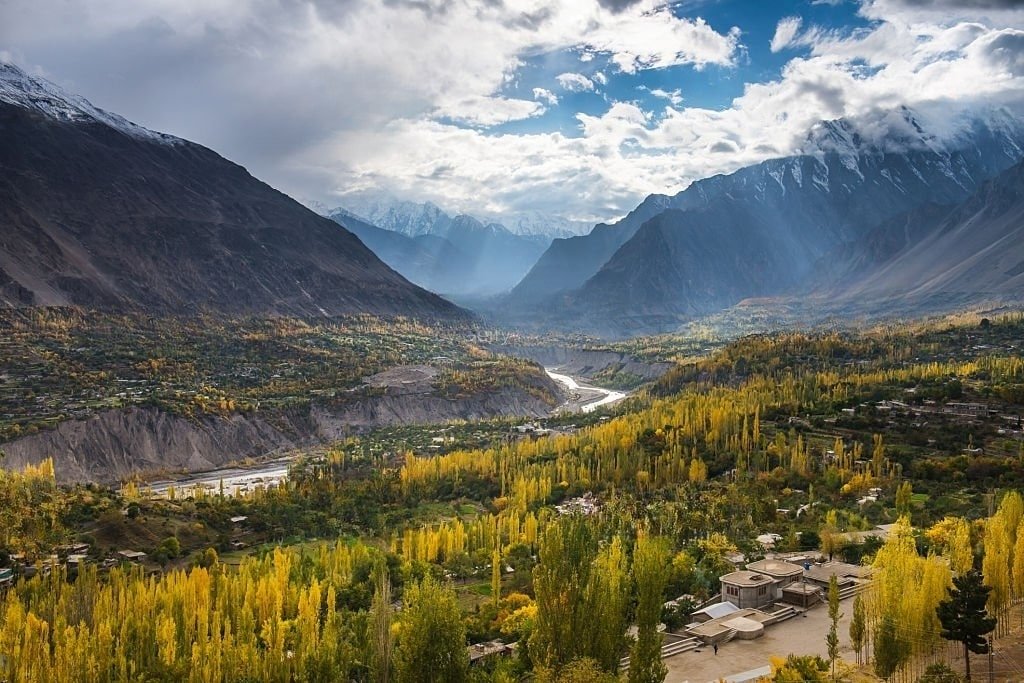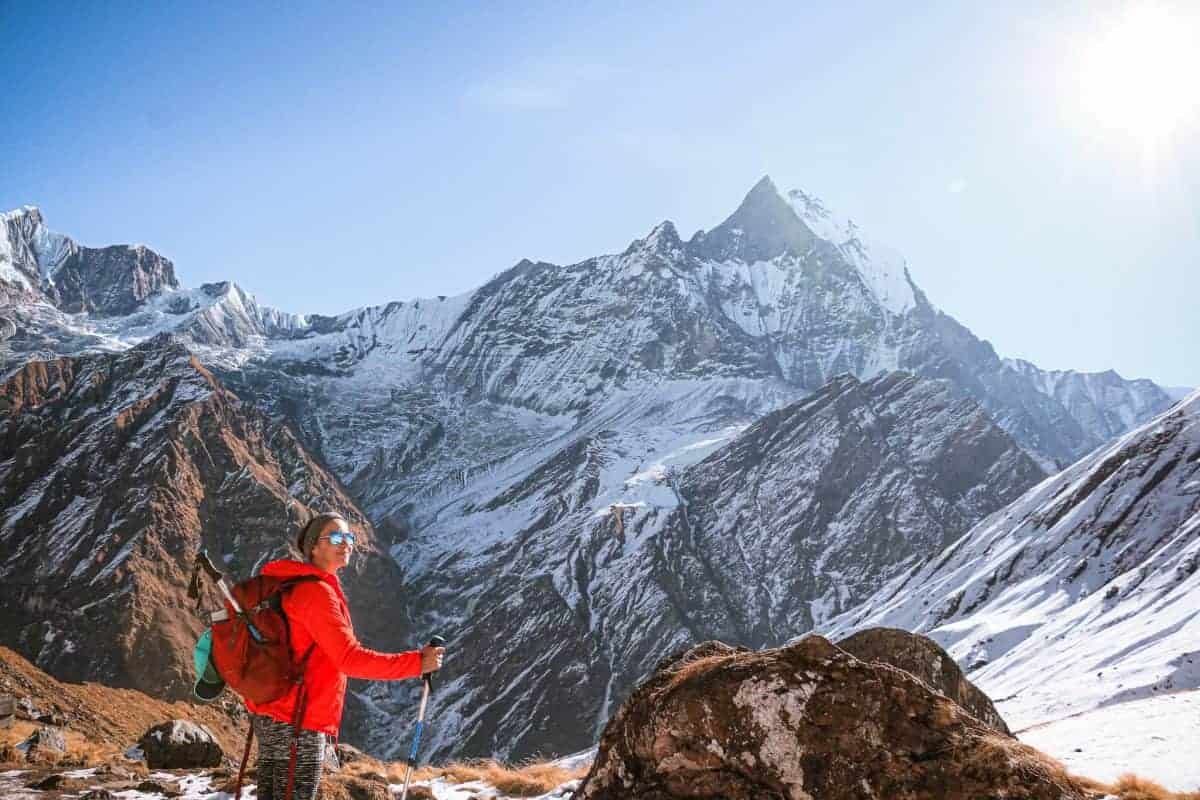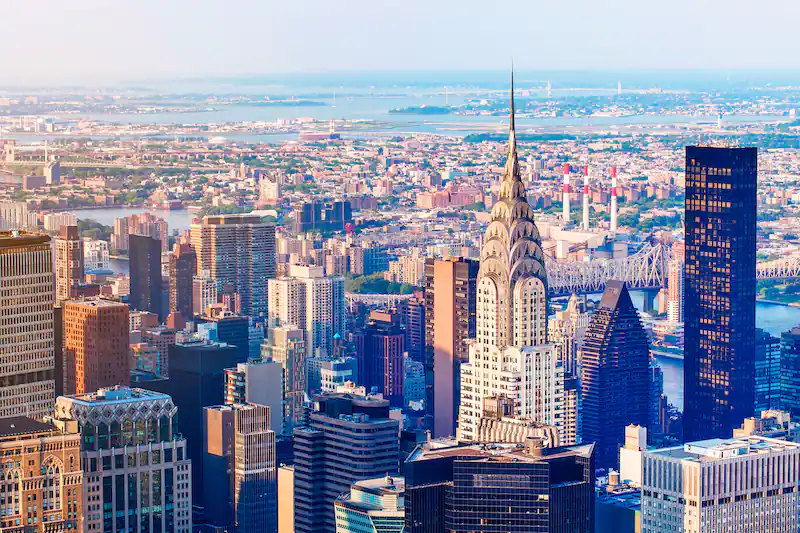The magnificent Hunza Valley may be found in the mountains of northern Pakistan. Hunza Valley has been a popular destination for adventurers thanks to its high elevation, breathtaking scenery, and rich cultural history. This article explores what makes Hunza Valley so special, from its location along the Silk Route to the famous structures like Baltit Fort and Attabad Lake to the breathtaking scenery.
The Historical Silk Route Connection
The Hunza Valley was an important stop along the ancient Silk Road, giving it significant historical significance. The famous Silk Road was instrumental in disseminating ideas and goods trade between China and the West. The region’s buildings, customs, and relics witness its once-proud history.
Baltit Fort: A Timeless Wonder
Baltit Fort, perched high in the Karakoram Mountains, is an iconic representation of the region’s illustrious history. This ancient building is a testament to the Hunza people’s prowess in traditional architecture. Visitors may learn about the valley’s history as they explore the fort and take in breathtaking vistas from the structure’s lofty perch.
Attabad Lake: A Jewel Amidst Mountains
Attabad Lake is a breathtaking sight in Hunza Valley. The amazing splendour of this turquoise jewel, formed due to a catastrophic landslide in 2010, has made it a popular tourist destination. The lake, framed by high peaks on all sides, is a great place to go boating and provides a stunning view of the landscape beyond.
The Majestic Karakoram Mountains
The Karakoram Mountains, one of the most magnificent mountain ranges in the world, is a boon to Hunza Valley. Adventurers and mountaineers worldwide are drawn to these high peaks, especially the world-famous K2. It’s a haven for adventurers and environmentalists because of its breathtaking scenery, snow-capped mountains, and arduous hiking trails.
Borith Lake: Serenity in the Wilderness
Borith Lake, tucked away in the beautiful Hunza Valley, is a hidden gem waiting to be explored. Visitors may unwind and take in the breathtaking scenery at this pristine lake, encircled by verdant meadows and towering mountains.
Khunjerab Pass: Gateway to China
Khunjerab Pass, which separates Pakistan and China, is located at an astounding 4,693 meters above sea level. It’s one of the world’s highest paved international border crossings, and getting there is an adventure. Visitors are left in awe of nature’s majesty by the breathtaking sights along the Karakoram Highway on the route to Khunjerab Pass.
Cultural Delights in Hunza Karimabad
Hunza Karimabad, the valley’s administrative centre, is a cultural epicentre where visitors may learn about the locals’ history and way of life. The kindness and generosity of the Hunza people are on full display as you stroll around the bazaars, chat with the helpful locals, and sample the delicious local food.
Exploring Central Hunza: Beyond Karimabad
Karimabad is only one of many exciting destinations in Central Hunza. From the Eagle’s Nest viewpoint, which looks out over the entire valley, to the historic Altit Fort, which sits on a hill, there is a lot to see. Traditional towns, terraced fields, and friendly residents weave a cultural tapestry that only adds to the valley’s natural beauty.
Nature’s Splendor at Altit Fort
Another building with historical and cultural value is the UNESCO World Heritage Site of Altit Fort. This fortified palace, set amid breathtaking scenery, is a testament to the Hunza people’s skill. The history of the area and the people who lived there may be better understood by taking a tour of the fort and its surrounding area.
The Enchanting Beauty of Hunza River
The Hunza River, which winds through the valley’s centre, contributes to the area’s breathtaking scenery. The tranquil setting, with its clean waters and verdant surroundings, is perfect for anyone looking to unwind and get in touch with nature. The river is also an important irrigation channel for the rich Hunza Valley farmland.
Conclusion
Hunza Valley is a picture-perfect utopia where pristine nature, ancient history, and tranquillity combine perfectly. Every inch of this stunning valley is a visual and intellectual treat, thanks to its ties to the Silk Route, renowned structures like Baltit Fort, and the captivating scenery of Attabad Lake and the Karakoram Mountains. Travelling to Hunza Valley is an opportunity to explore a place where the splendour of nature blends with human history and kind hospitality.
FAQs
1. Is Hunza Valley easily accessible?
Islamabad and Gilgit, two of Pakistan’s most populous cities, are accessible by road to Hunza Valley.
2. What is the best time to visit Hunza Valley?
Between April through October, when temperatures are mild, and flowers are in bloom, is the ideal time to come.
3. Are there any trekking opportunities in Hunza Valley?
Absolutely! The Hunza Valley has a variety of trails for hikers of various skill levels. The Karakoram Mountains make for a beautiful setting for these expeditions.
4. Can I experience the local culture in Hunza Valley?
Yes, locals are friendly, and experiencing the area’s rich culture is as simple as visiting a bazaar, eating at a local restaurant, and striking up conversations with the locals.
5. Are there accommodation options in Hunza Valley?
Hunza Valley offers various lodging possibilities, from five-star hotels to inexpensive inns, so every tourist may find something that suits their needs.









